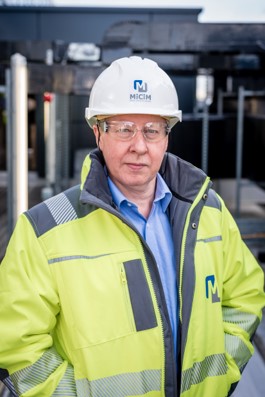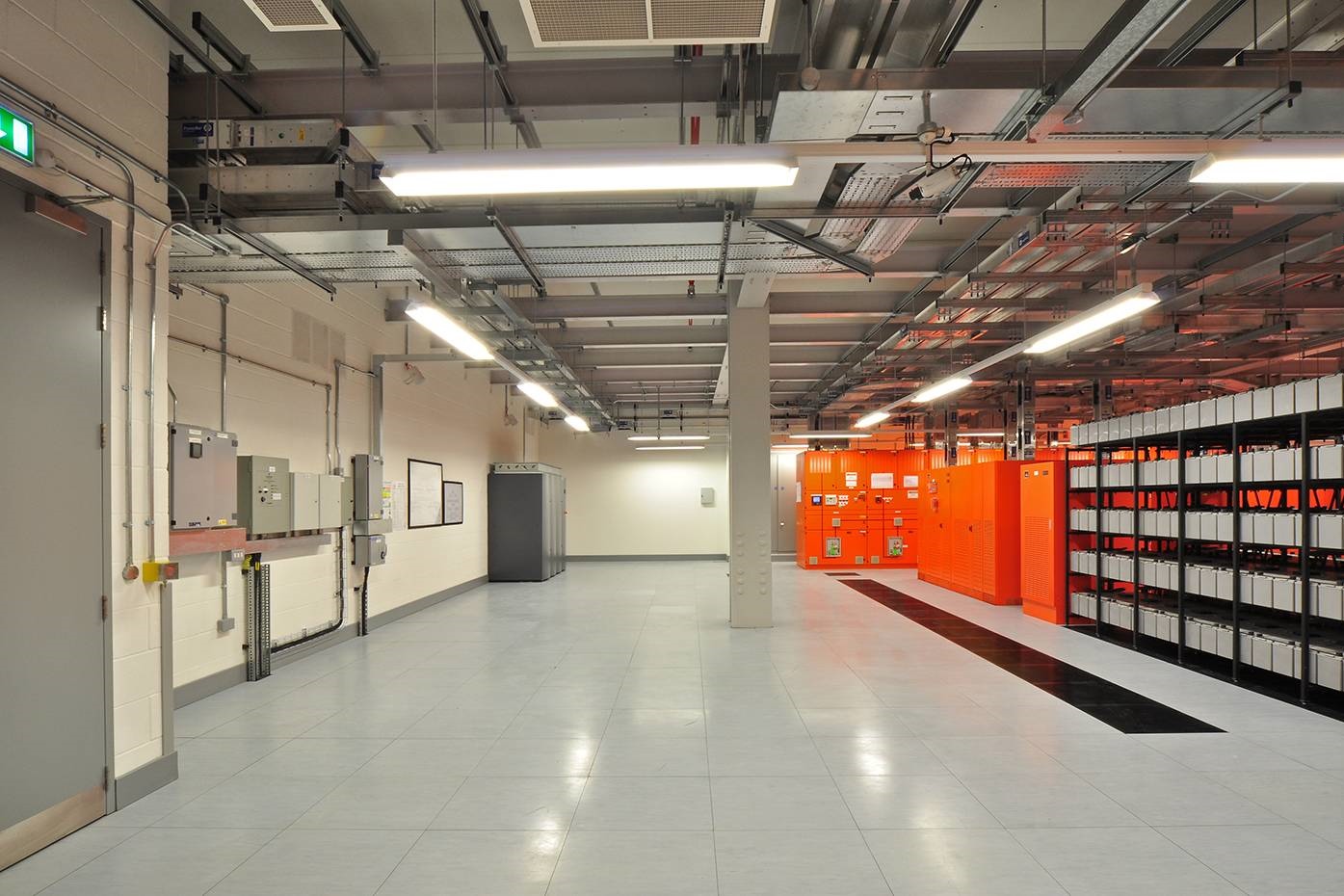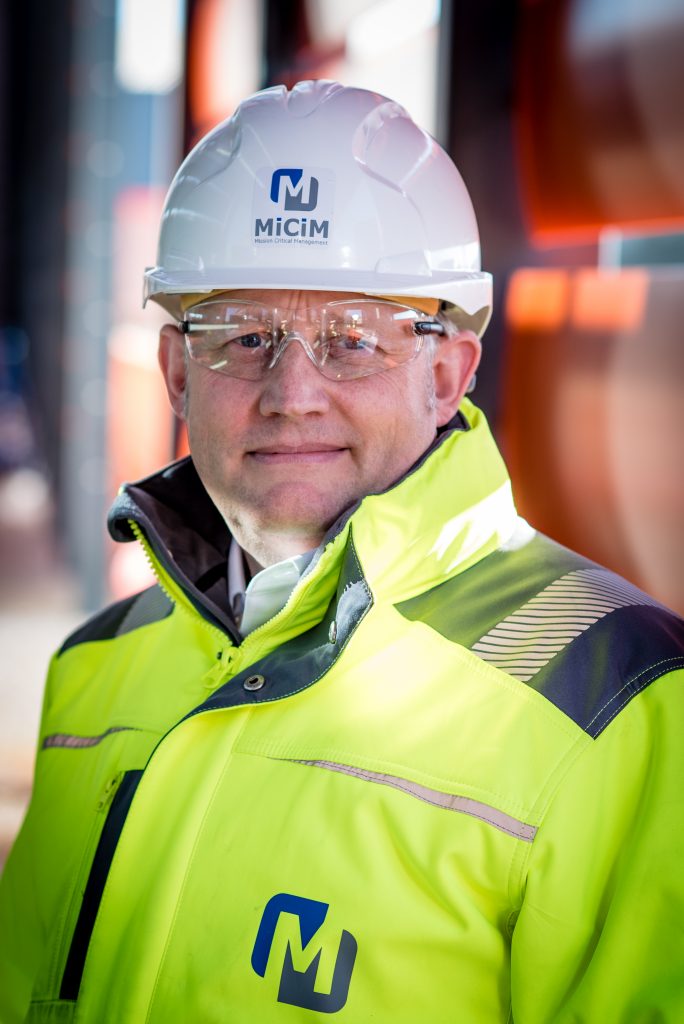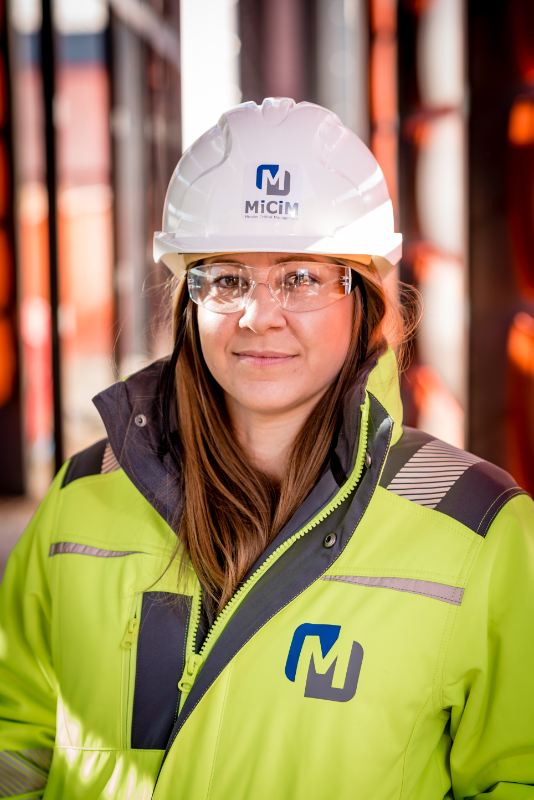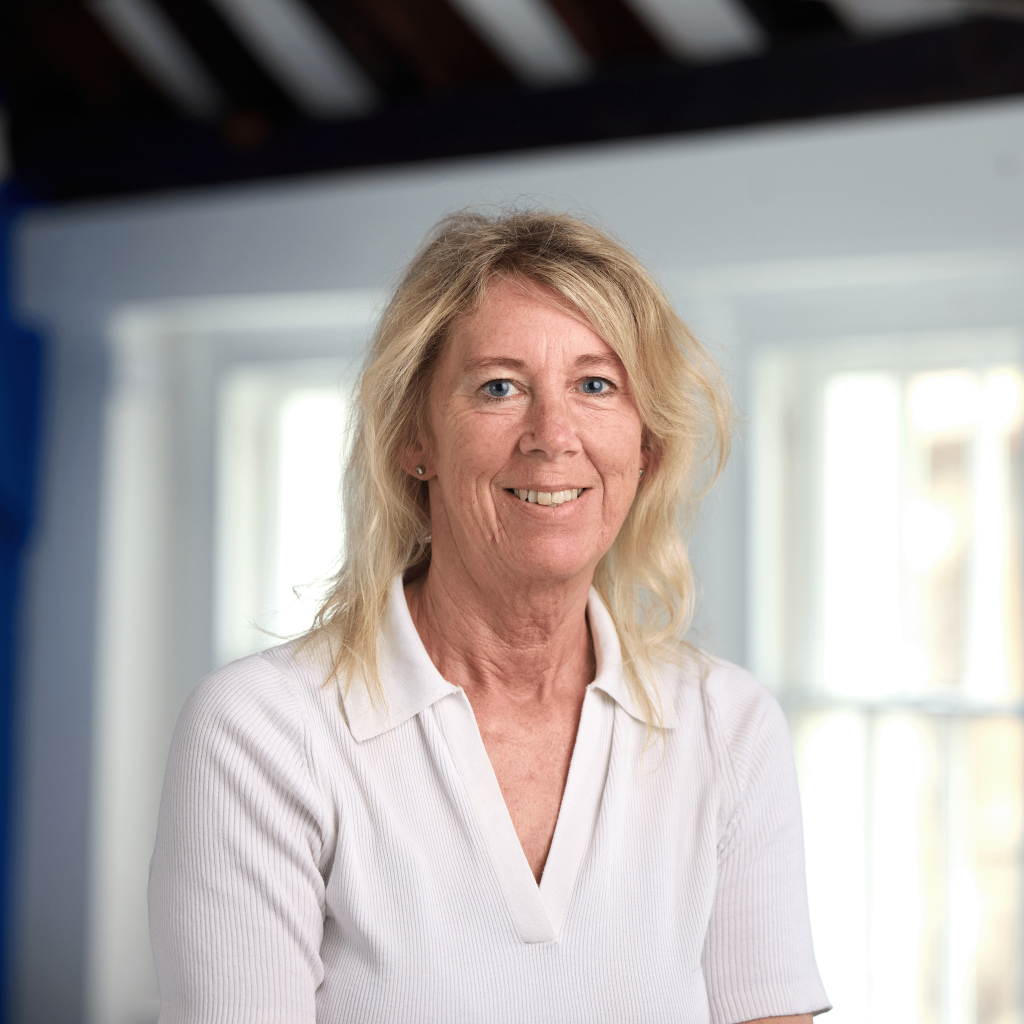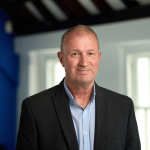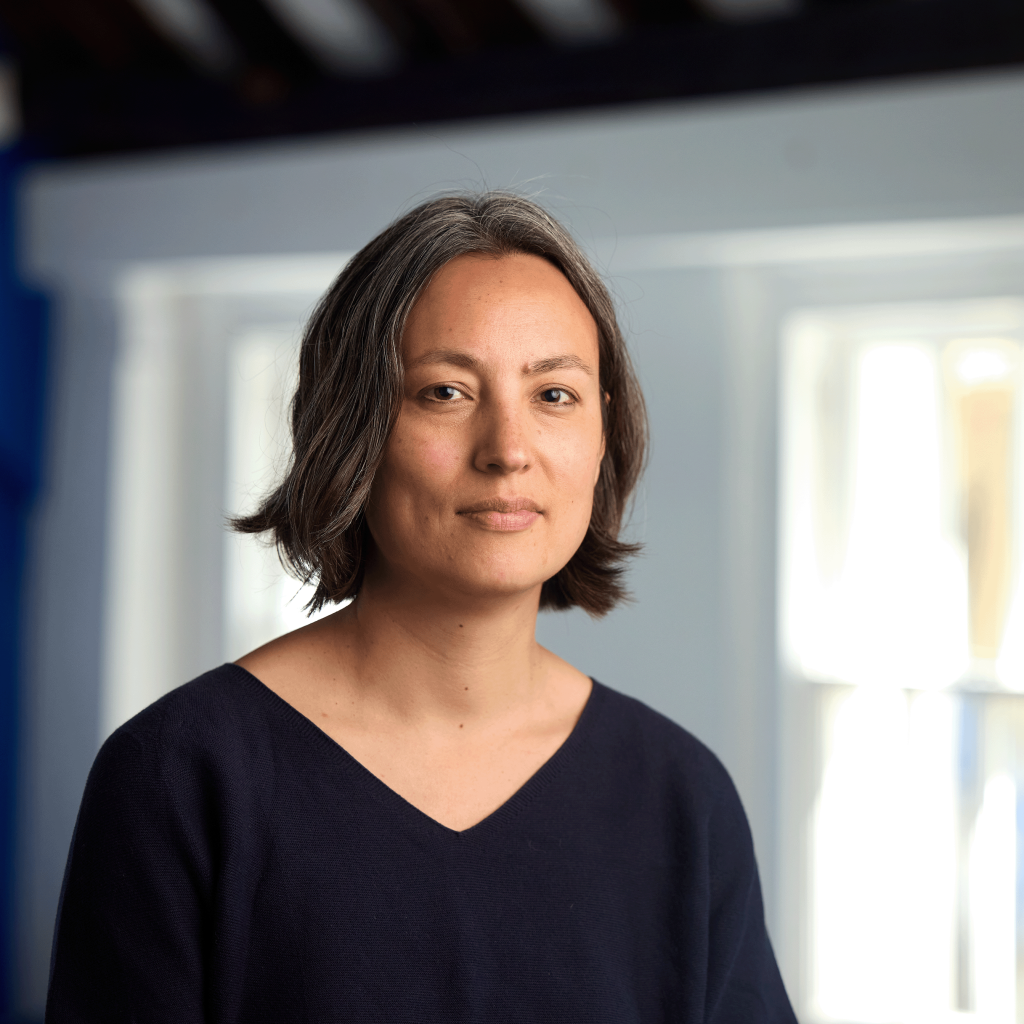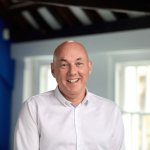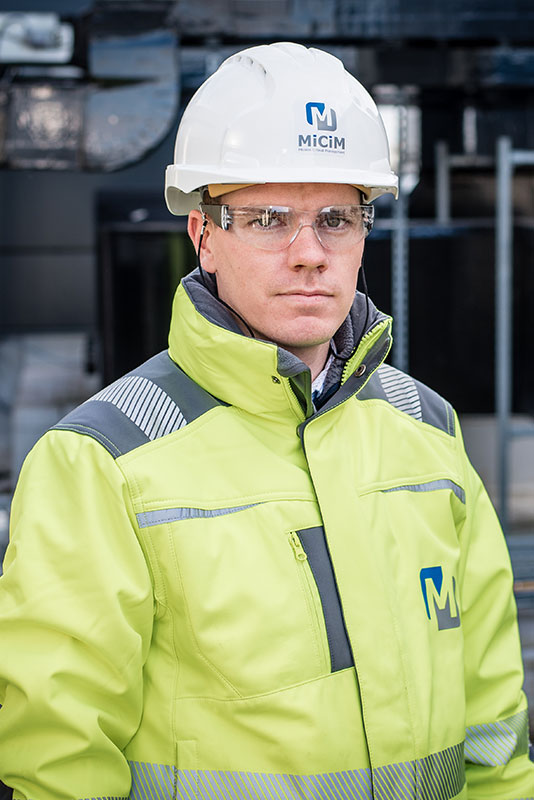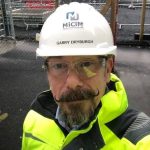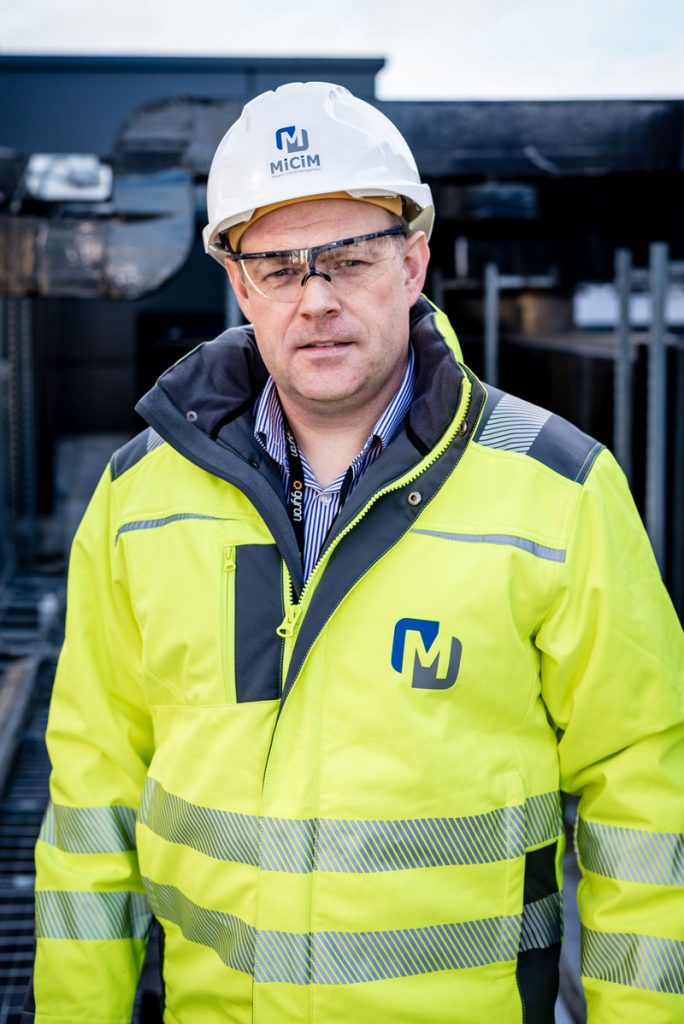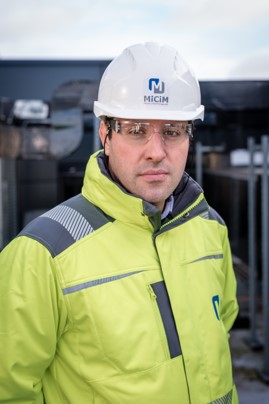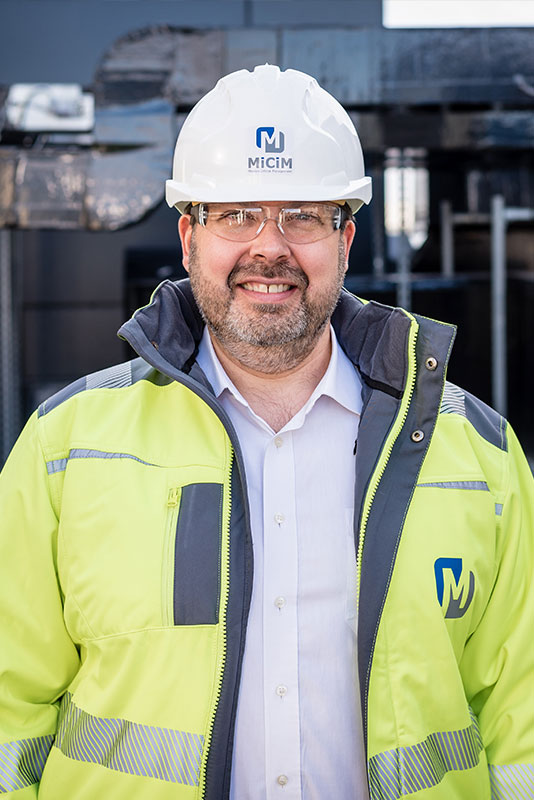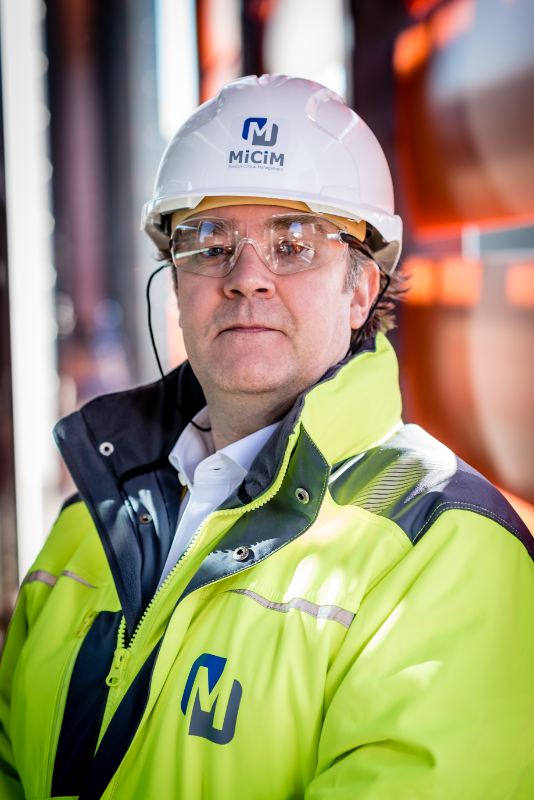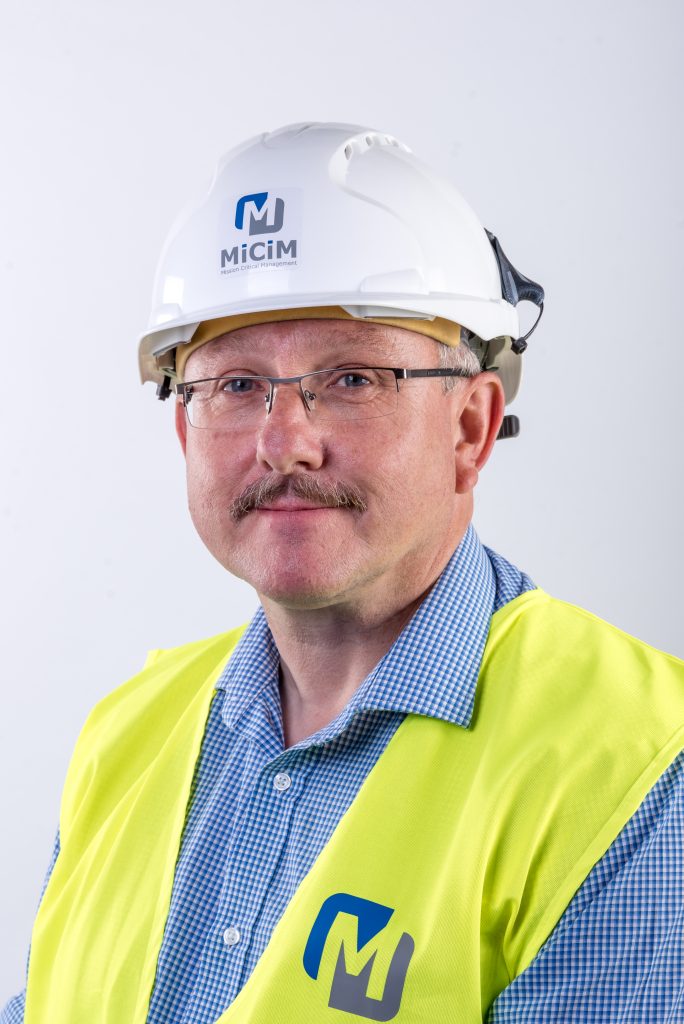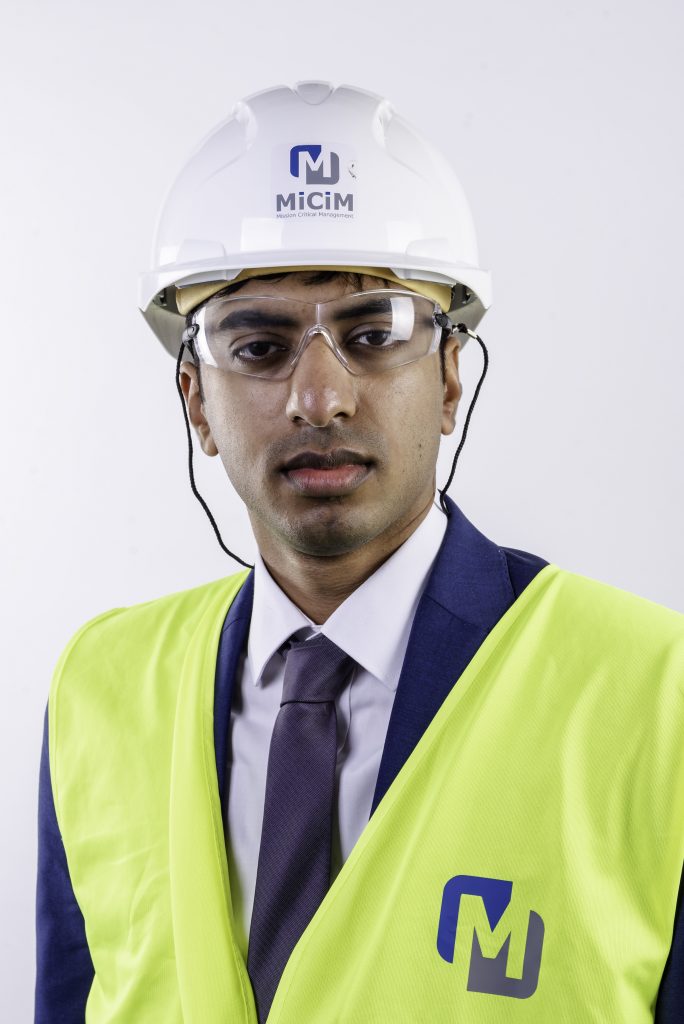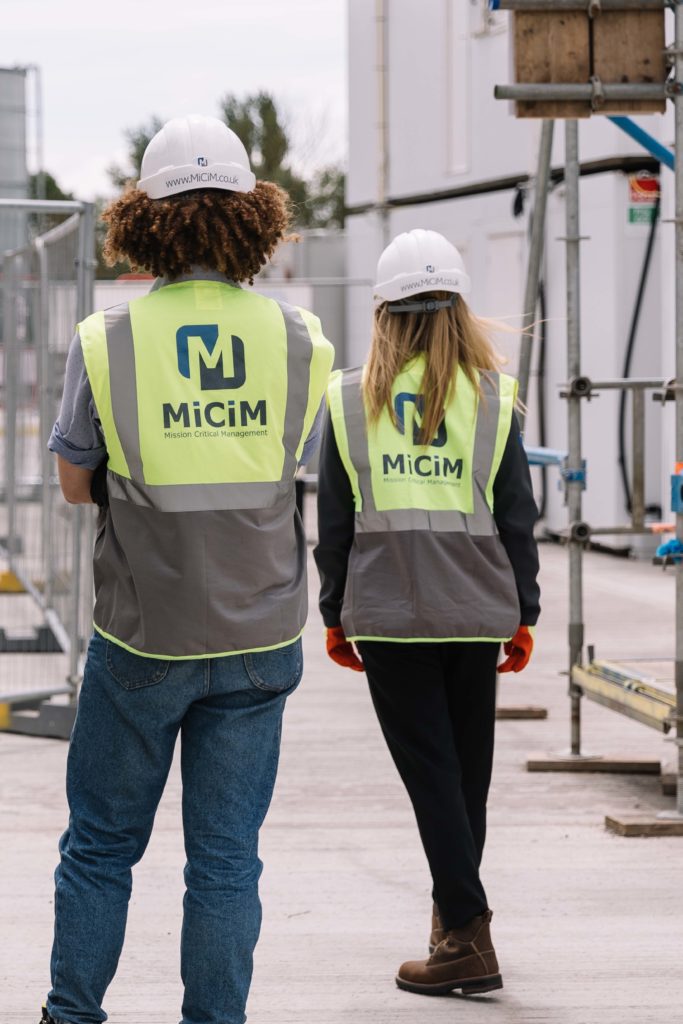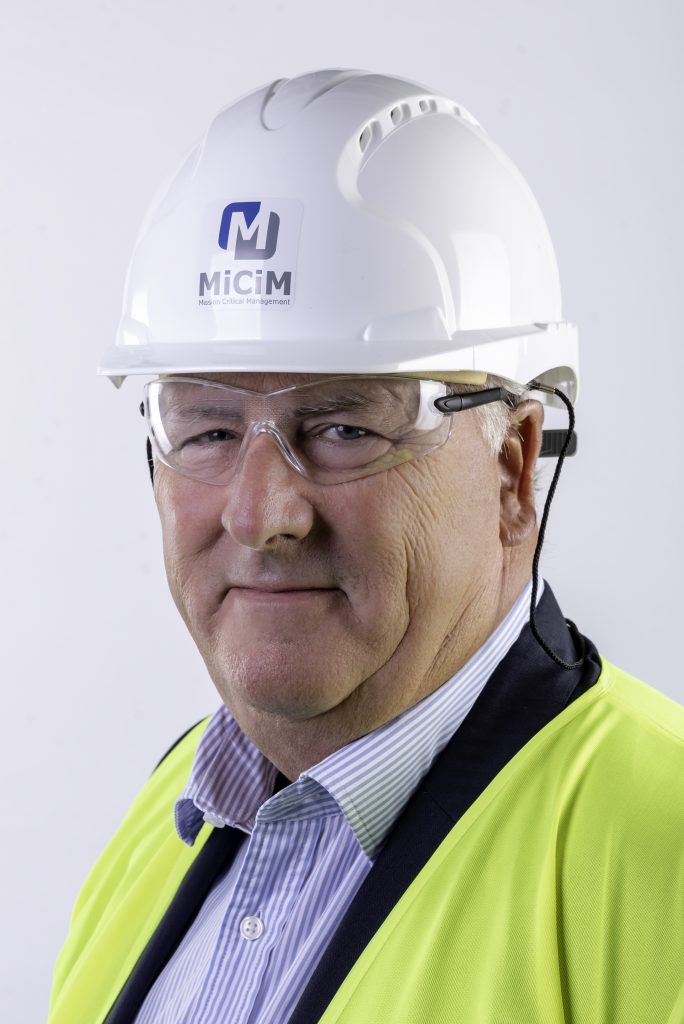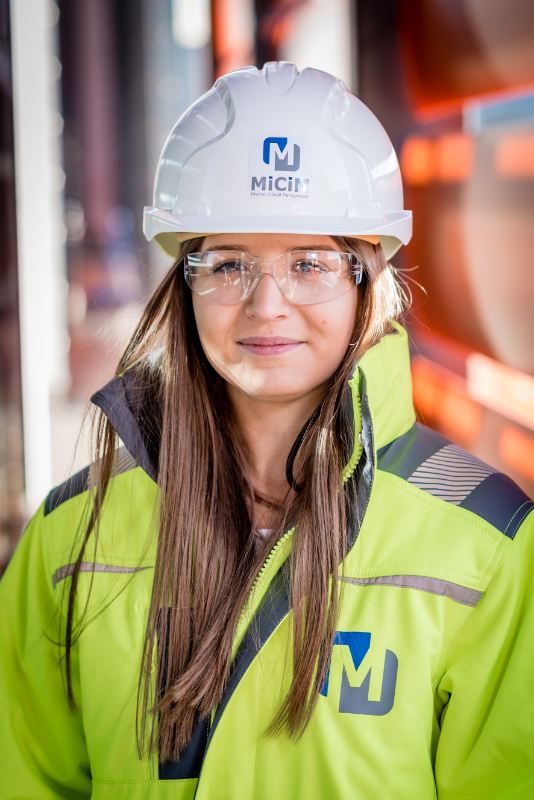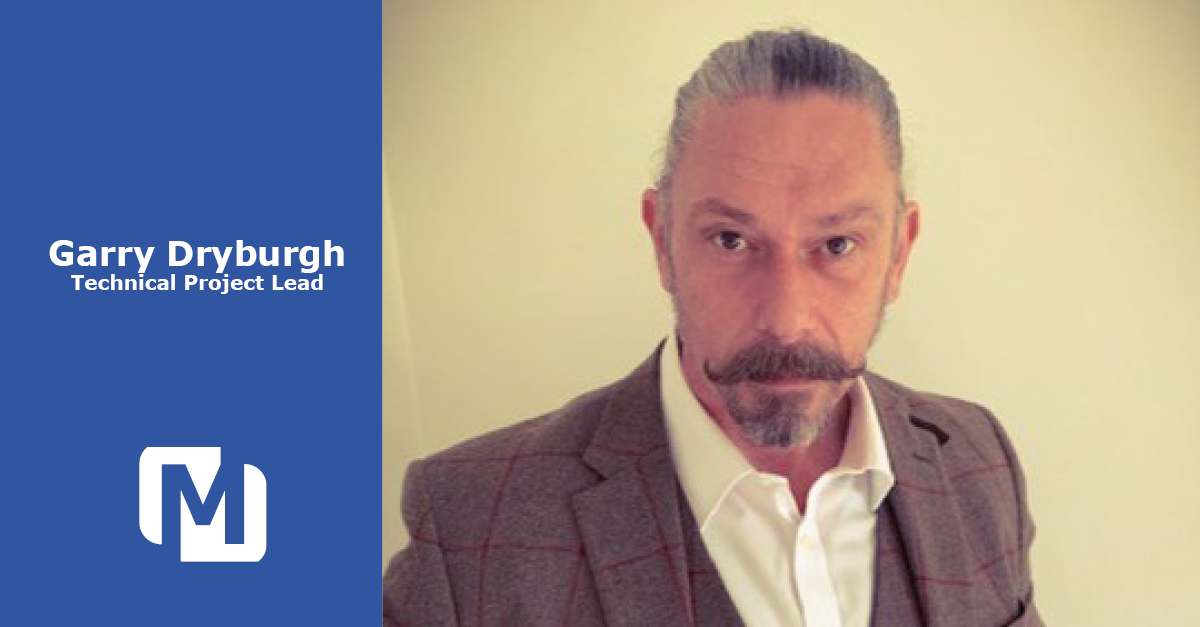
24 Nov “Spotlight” on Garry Dryburgh
Garry joined MiCiM at the start of the year and has fully emersed himself within the team starting with leading a major campus build project in Dublin to practical completion. More recently he has moved to client-side project management working with our American client on our campus project in Israel.
Tell us a bit about your career and what you’re bringing to your role:
I’m a versatile professional with 32+ years rich and extensive experience in European, Middle East and Asian construction markets. A MC3 “Best Companies” 1 star+ Manager. Experienced in a range of major multi-disciplined construction projects, by way of example; hyperscale data centres, hospitals, education establishments, residential, high-rise towers, airports, oceanariums, luxury hotels and casino resorts. I have been fortunate to have had opportunities in managing international multi-million-dollar projects for major blue-chip clients consistently to standards, legislation, deadline, and budget, regardless of pressure. I enjoy the challenge of bridging a team of international, multi-cultural staff and to motivate a healthy climate within the department / organization to achieve business objectives in busy and challenging environments.
You have a highly pressurized career:
what would you say are the key strengths you bring to a team? Being able to unify staff, consultants, and contractors into a team, to be able to share the vision of delivery and have buy in from stakeholders. With overseas experience in many different countries being aware of different cultures and local norms.
What are the main challenges in the Mission Critical sector?
Ensuring that the end users design requirements are included from day one, to ensure that the awarded contractors fully understand their responsibilities during construction inclusive of safety and quality requirements. Managing change, the speed that it comes at you and having these integrated into the master schedule without impact on the end date.
What kind of skills does one need to have to enable a career in the Mission Critical sector that spans for 6 years?
Model the Way, inspire a Shared Vision, Challenge the Process, Enable Others to Act, and Encourage the Heart.
Over the course of your career, what would you say was your most challenging project?
The Wynn Palace was my third casino resort project and the most challenging. Wynn Palace Project is a luxury integrated hotel and casino resort on Macau’s Coati strip. The Wynn Palace Project has a contract value in the order of US$4.2 billion. At its peak, the project employed upwards of 600 staff and a workforce of 9,000. From the commencement of the piling to the project opening was almost four years of work. The project included the construction of a luxury hotel and a mixed-use podium comprising of gaming, dining, retail and convention facilitates and numerous specialist attractions. The resort site covers a construction floor area of more than 450,000 square meters.
I was the first MEP construction personnel on site and as such was directed by the Head of Construction, with coordination of the planning team, design team and commercial team for the MEP packages. I was the lead from construction in the procurement of the base build MEP packages. Tasked with assembling an experienced MEP team consisting of both local staff and expatriate for the MEP packages and the MEP QA/QC team. A board member of the project Wet Weather Response Team, a specific team that was put in place to ensure that the project did not suffer from flooding during the sessional typhoon season. A member of the Project Managers Delivery Group, a group formed to bring together the Project Managers from all project teams and disciplines with the focus of aligning our leadership actions with shared values. Leading a team of managers to manage the MEP installations, coordination, testing and commissioning for the four podium floors of the resort. Direct involvement with design department to maintain site co-ordination and constructability. Early direct interface with properties operation team to gain an understanding of their requirements for maintainability once the project is operating.
Is there any cutting-edge technology which you are excited about, which will be at the forefront of the industry in the next few years?
Augmented Reality (AR) is a live, direct or indirect view of a physical, real-world environment whose elements are augmented (or supplemented) by computer-generated sensory input such as sound, video, graphics or GPS data. I have been championing AR for some years now, technology is now becoming more reliable that all businesses in construction and more importantly clients, should be grasping how this can revolutionize our industry. From concept design all the way through to O&Ms and facility management for the project’s life span. With Engineering-Grade AR these models can be positioned and viewed to millimetre accuracy, ensuring advanced coordination and greater transparency for all stakeholders. Delivering megaprojects on time, within budget and free from errors can be a difficult challenge, especially on hyperscale data centres. AR used in conjunction with an engineering-grade AR headset, which can be used offline if required, can allow you super-impose your high-fidelity 3D model on site as a hologram, you are positioning it to 1-5mm accuracy, and there is no drift. The system allows construction workers to position objects with accuracy and immediately see when something is out of alignment.
Are there any skill/formulae/tech you learned in your formative years you still utilize today?
I us The Five Practices of Exemplary Leadership, taken from The Leadership Challenge. Leadership is not about personality; it’s about behaviour—an observable set of skills and abilities. When the co-authors of The Leadership Challenge, first set out to discover what effective leaders do when they’re at their personal best, they collected thousands of stories from ordinary people—the moments they recalled when asked to think of a peak leadership experience. Despite differences in culture, gender, age, and other variables, these “personal best” stories revealed similar patterns of behaviour. The authors discovered that when leaders experience their personal best, they display five core practices: they Model the Way, inspire a Shared Vision, Challenge the Process, Enable Others to Act, and Encourage the Heart. These are collectively known as The Five Practices of Exemplary Leadership. Together, these practices provide the basis for The Leadership Challenge.
As you are always heavily involved in the final push to complete a project, what are your coping mechanisms to deal with the pressurised environment you live in?
I find it hugely beneficial to spend maybe an hour or so lifting weights around five times a week. It is my time to switch off to focus my thoughts away from work activities. It also assists with physically tiring the body to allow for a better sleep.
What is it that you enjoy about working with the MiCiM team?
During the onboarding interviews I was advised of the business vision of how the company shall be expanding into the overseas markets, and this year it is all coming to fruition. We are focused on employing experienced staff who can fit into the existing teams with ease. We have a flat managerial system which facilitates the teams access to the board to clearly understand their vision.
After a busy working week, what do you do in your down time?
My down time is with my family, if it is not in the garden with my wife it is spent with my two sons. We enjoy going to watch football and rugby and if the Scottish weather permits, coastal fishing.


